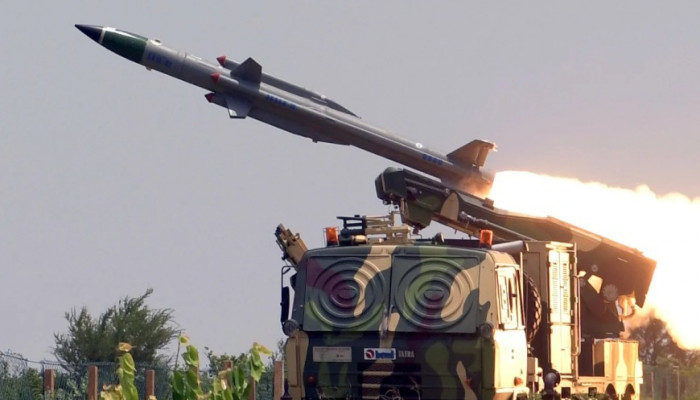Market Overview:
Air defense systems provide protection against a wide range of airborne threats including aircraft, helicopters, unmanned aerial vehicles, and missiles. These systems consist of radars for detection, command and control systems for battle management, and weapons such as missiles and guns for interception. The advancement of air defense systems with integrated networks and multifunctional capabilities provides superior detection and engagement capabilities. They help in monitoring airspace and securing strategic assets.
Market key trends:
One of the key trends in the air defense systems market is the increasing demand for integrated air defense networks. The traditional stove-piped legacy systems are being replaced by networked systems with sensors, radars, command and control units, and weapons integrated on a single network. This allows real-time sharing of information, enabling faster detection and engagement of multiple threats simultaneously. Another major trend is the development of mobile air defense systems with advanced radar and weapon capabilities. Their deployment flexibility helps counter evolving threats. Increase in defense budgets and ongoing projects to enhance and modernize air defense networks worldwide will also contribute to market growth over the forecast period.
The global Air Defense Systems Market Demand is estimated to be valued at US$ 16.94 Mn in 2023 and is expected to exhibit a CAGR of 13.% over the forecast period 2023 to 2030, as highlighted in a new report published by Coherent Market Insights.
Porter’s Analysis
Threat of new entrants: The threat of new entrants is moderate as it requires huge R&D investments and strong technical capabilities to develop new air defense systems. Moreover, established brands have strong customer loyalty and economies of scale.
Bargaining power of buyers: The bargaining power of buyers is high due to the presence of a large number of established players offering differentiated products. Buyers can easily switch between brands based on their customized requirements.
Bargaining power of suppliers: The bargaining power of suppliers is moderate as there are multiple component manufacturers. However, suppliers may face high switching costs if an OEM changes vendors.
Threat of new substitutes: The threat of new substitutes is low as there are limited alternatives that can provide similar air defense capabilities. However, the rise of unconventional threats may require continuous product innovation.
Competitive rivalry: The competitive rivalry is high among key global players due to their broad product portfolio and significant investments in R&D to gain technology leadership.
Key Takeaways
The global Air Defense Systems Market is expected to witness high growth, exhibiting 13.% CAGR over the forecast period 2023 to 2030, due to increasing geo-political tensions worldwide.
Regional analysis: North America dominated the air defense systems market in 2022 owing to significant defense modernization budgets in the US and Canada. However, the Asia Pacific region is expected to witness the highest growth due to rising defense spending of India, China and other emerging economies to strengthen their air defense capabilities. Countries are also engaging in collaborative programs to develop and deploy advanced systems.
Key players: Key players operating in the air defense systems market are Hanwha Defense, Raytheon Company, Aselsan AS, Israel Aerospace Industries Ltd., The Boeing Company, Rheinmetall AG, Northrop Grumman Corporation, Thales Group, Kongsberg Gruppen, Lockheed Martin Corporation, Leonardo SpA, and SAAB AB. Major players are focusing on developing next-gen weapons, integrating varied effectors on single platforms, and collaborating with smaller players to cater to the customized requirements of diverse markets.
*Note:
1. Source: Coherent Market Insights, Public sources, Desk research
2. We have leveraged AI tools to mine information and compile it

